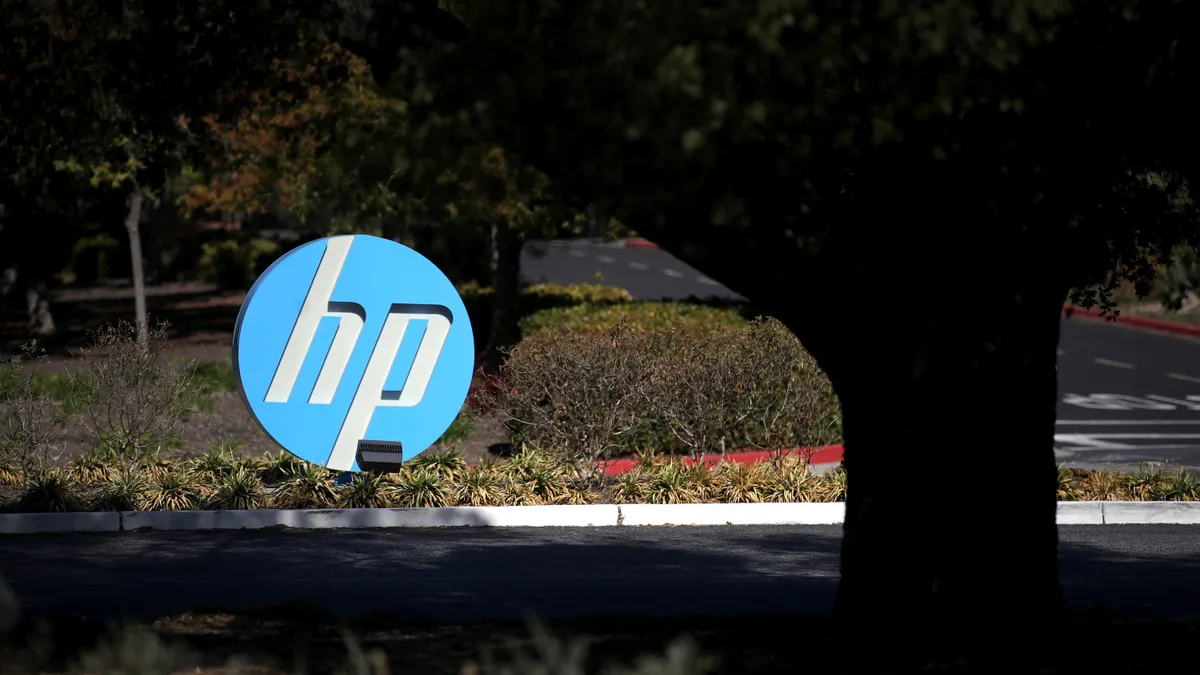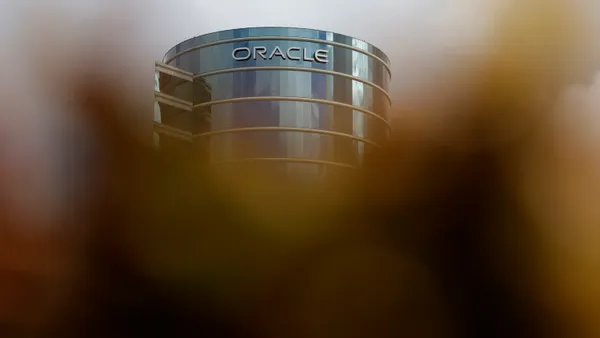Dive Brief:
- HP saw AI PC shipments increase faster than anticipated during the three months ending July 31, despite tariff-related supply chain concerns, CFO Karen Parkhill said Monday at the Goldman Sachs Communacopia + Technology Conference.
- The premium units accounted for one-quarter of the company’s Q3 2025 shipments, a threshold HP hadn’t expected to surpass until the end of the year, according to Parkhill. HP anticipates AI-optimized PCs will comprise half of its PC business within the next two years.
- “AI PCs are a little bit about future-proofing right now,” said Parkhill, according to a Seeking Alpha transcript. “We see CIOs making that decision to refresh their installed base with AI PCs because they don't want to be outdated in a year or two.”
Dive Insight:
The PC market has been in recovery mode for more than two years, with shipments inching up quarter by quarter after a prolonged, post-pandemic tumble.
Enterprises that invested heavily in hardware to support remote workers in 2020 waited out a looming recession, the arrival of AI PCs and, most recently, the potential effects of a tariff-triggered trade war before embarking on a full refresh.
In the US, shipments were flat during the second quarter, despite a 6.5% year-over-year global increase, according to IDC, as vendors raced to avoid heavy levies.
Adoption of AI PCs slowed during the first half of the year, according to Gartner. Last month, the analyst firm said that AI units will account for less than one-third of global PC sales by the end of the year, down from a prior forecast of 43%.
Prospects for AI PC adoption have been buoyed by a proliferation of portable generative AI apps, modestly sized large language models and task-specific assistants. The broader PC market is being driven by aging enterprise devices and Microsoft’s imminent end-of-support deadline for Windows 10.
“We’re about to move into a COVID-like refresh cycle,” BCG Managing Director and Partner Clark O’Niell told CIO Dive. While O’Niell has yet to see a pressing need for PCs with AI processing power, the units are gaining enterprise traction.
“It’s more of a hedge bet right now,” O’Niell said. “You don’t want to be the procurement guy that didn’t invest ahead of the curve for AI.”
HP reduced its exposure to U.S. tariffs by shifting manufacturing locations after President Donald Trump announced the initial regime in April and is bullish on its line of AI PCs and demand for workstations compatible with Windows 11, according to Parkhill.
“We’ve been moving quite rapidly to move our manufacturing and our supply chain outside of China and, by this past quarter, nearly all of the demand that we've been fulfilling in the United States has been manufactured outside of China,” said Parkhill. “We've moved it to Thailand, Vietnam, Mexico and, the federal business that we have, we produced in the U.S.”
HP saw its revenues increase 3% year over year to $13.9 billion, fueled largely by the ongoing Windows 11 refresh, AI PC adoption and services growth, President and CEO Enrique Lores said during an earnings call last month.
“The key thing behind AI PCs is the fact that over the next quarters, more and more software applications are going to take advantage of the capabilities that the AI PCs have,” Lores said, pointing to Adobe and Zoom apps running AI on PCs.
HP expects AI capabilities to raise the average price of its PCs by 5% to 10% over the next few years.
“AI PCs are premium products,” Parkhill said. “They do carry a higher price and higher margin with them.”















